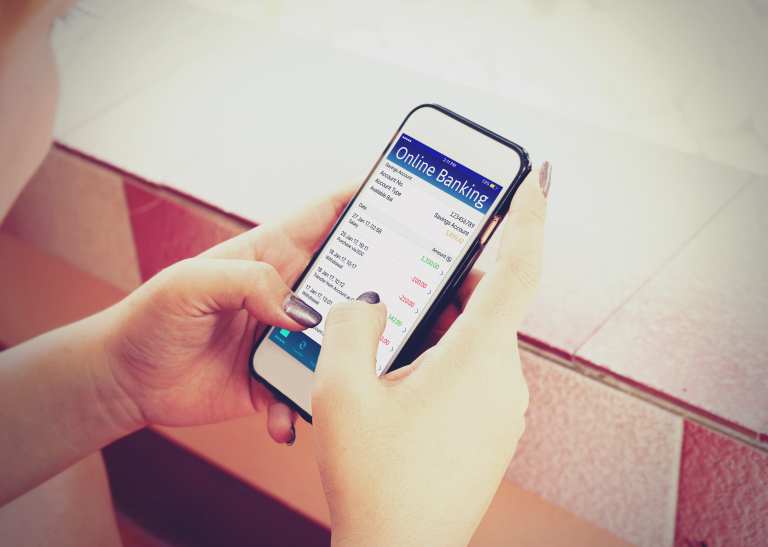
Faster, better, experiential — those are among the terms that come to mind when one thinks about how payments are changing around the world. Here at PYMNTS, we are nothing if not keen chroniclers of change (and what it means for readers), and that’s why we recently took time to have a discussion with Deva Annamalai, director of innovation and payments strategy at Fiserv.
Fiserv provided some of the most significant payments news of the soon-to-be-expired year, making big payment waves in 2019 by purchasing First Data for $22 billion in an all-stock deal. The two companies plan to cross-sell along one continuum to create what the respective leaders of Fiserv and First Data said on a post-announcement call would be a “one-stop shop” for integrated offerings to banks, merchants and a range of service providers.
For the purpose of this story, that puts Fiserv professionals such as Annamalai in the front-row seats of payment change — change that is all but certain to gain speed going into the 2020s. Indeed, as he told PYMNTS during the recent discussion, speed will stand as one of the bigger themes in payments during the next 10 years.
Let’s slow down a bit, though, and before getting to speed, talk about better customer service for people using those payments and financial services. Customer service and deeper, more efficient customer experiences will help separate the business winners and losers in the new decade. When it comes to financial institutions (FIs), much of what happens will come down to mobile, Annamalai said.
Mobile Choices
It never hurts to get into the details, as mobile banking services are still a frontier of payments in many ways. The details are in the choices that banks and credit unions face when creating new mobile apps or updating existing ones. Those choices will define a decent part of payments and financial services over the next few years.
Not only do most people in China use just mobile devices for most of their financial services, Annamalai said, but, in other countries, banking is moving away from laptops and branches to smartphones and tablets. The trick, he noted, is to find the best capabilities to put on an FI’s mobile app, and decide which to leave on the traditional website.
“On average, there are 30 to 50 things you can do on a [financial institution’s website],” he told PYMNTS. “You can maybe put 10 of those things on a mobile device.”
That’s not all that is happening in the realm of payments. There is likely to be much more movement, or perhaps even pressure, in the coming year or two about launching so-called banking, financial or payment super apps.
As PYMNTS has covered in depth, the idea of such apps is to significantly reduce the friction and steps involved in mobile transactions. Super apps create differentiated financial ecosystems in the back end (and front end), incorporating capabilities like an aggregation of multiple service providers, digital account origination, embedded KYC abilities and real-time payments — to name a few.
Such apps promise to be a source of innovation in the new decade. So, too, will speed — that is, the spread of real-time payments and disbursements, and the use of real-time data to enhance the customer experience. Closely related to all that is the breakdown of what Annamalai, among others, calls data silos — an effort aided by the spread of Open Banking initiatives in the U.K., which promote data sharing, as well as new payments and financial services products.
“We are seeing a lot of traction in that part of the world, but not the U.S.,” he said, blaming much of that difference on the relatively complicated U.S. banking market.
After all, he noted, standards for real-time payments have yet to come to fruition in the U.S., and are still a few years out. In the meantime, though, new technologies are enabling better data accumulation and analysis, which serve to break down those data silos, and spark payments and financial services innovation.
Data Barriers
Those demolished, or at least weakened, data barriers will serve to increase the use of and reliance upon real-time data systems. That will have other direct and indirect impacts on payments over the next decade and beyond.
Just consider how the rise of faster peer-to-peer (P2P) payment services has had an unintentional ripple effect for businesses, banks and merchants. With customers able to send money to family and friends with a few taps of their smartphones, frustrations can arise when businesses are unable to deliver similar speed. As a result, firms lagging behind in faster payment investments could miss out on the full opportunities available in the global business-to-consumer (B2C) solutions market.
“A new set of technologies is going to break up those silos to get data in a way that is more accessible,” Annamalai told PYMNTS, taking the long-term view. That’s going to be one of the defining features of the new decade.